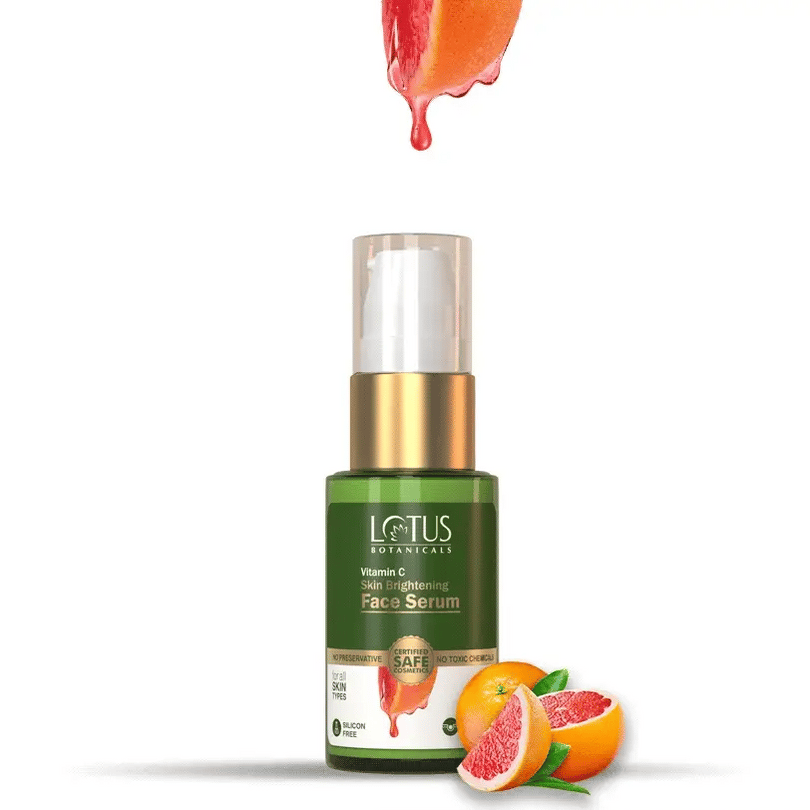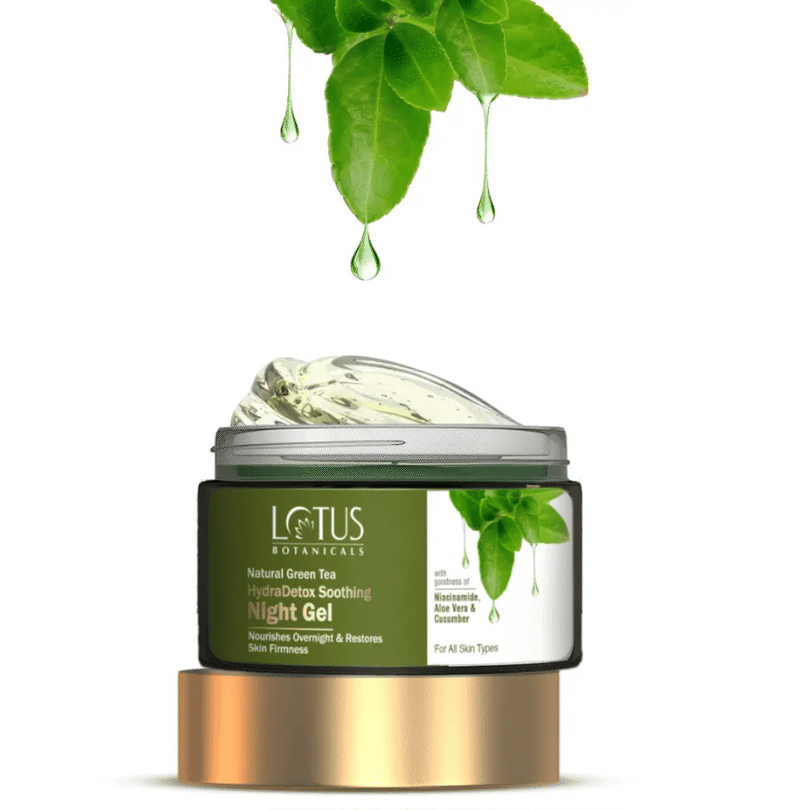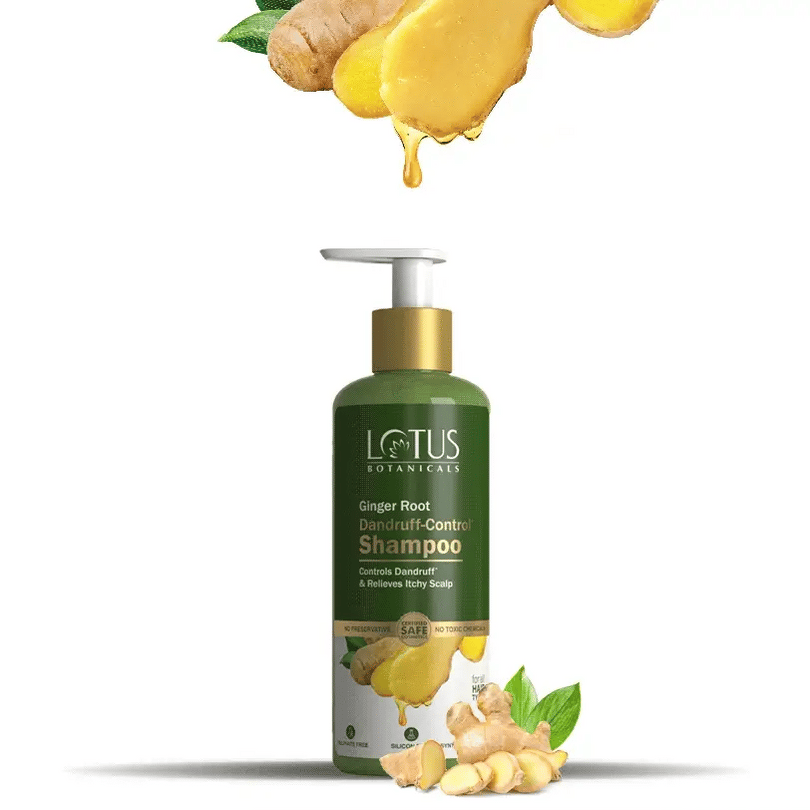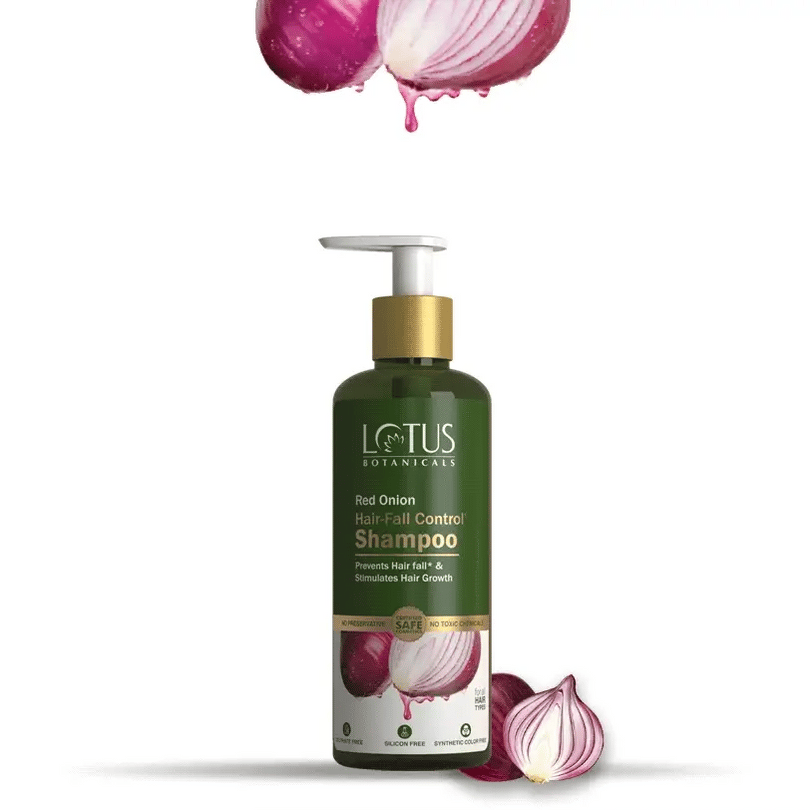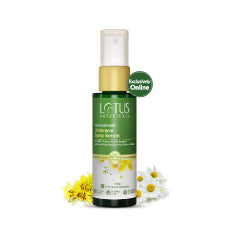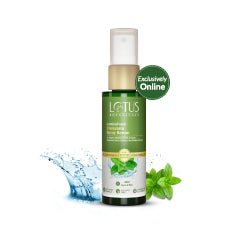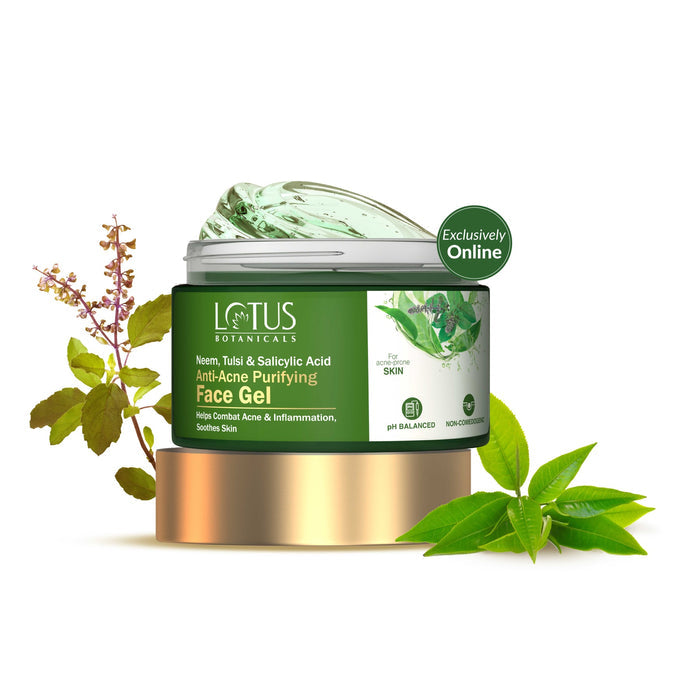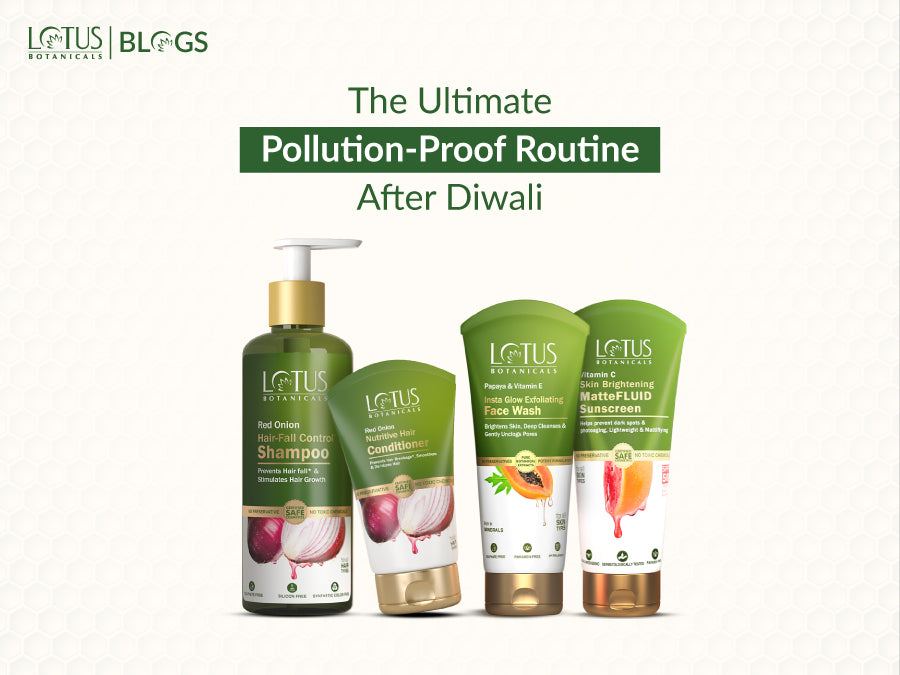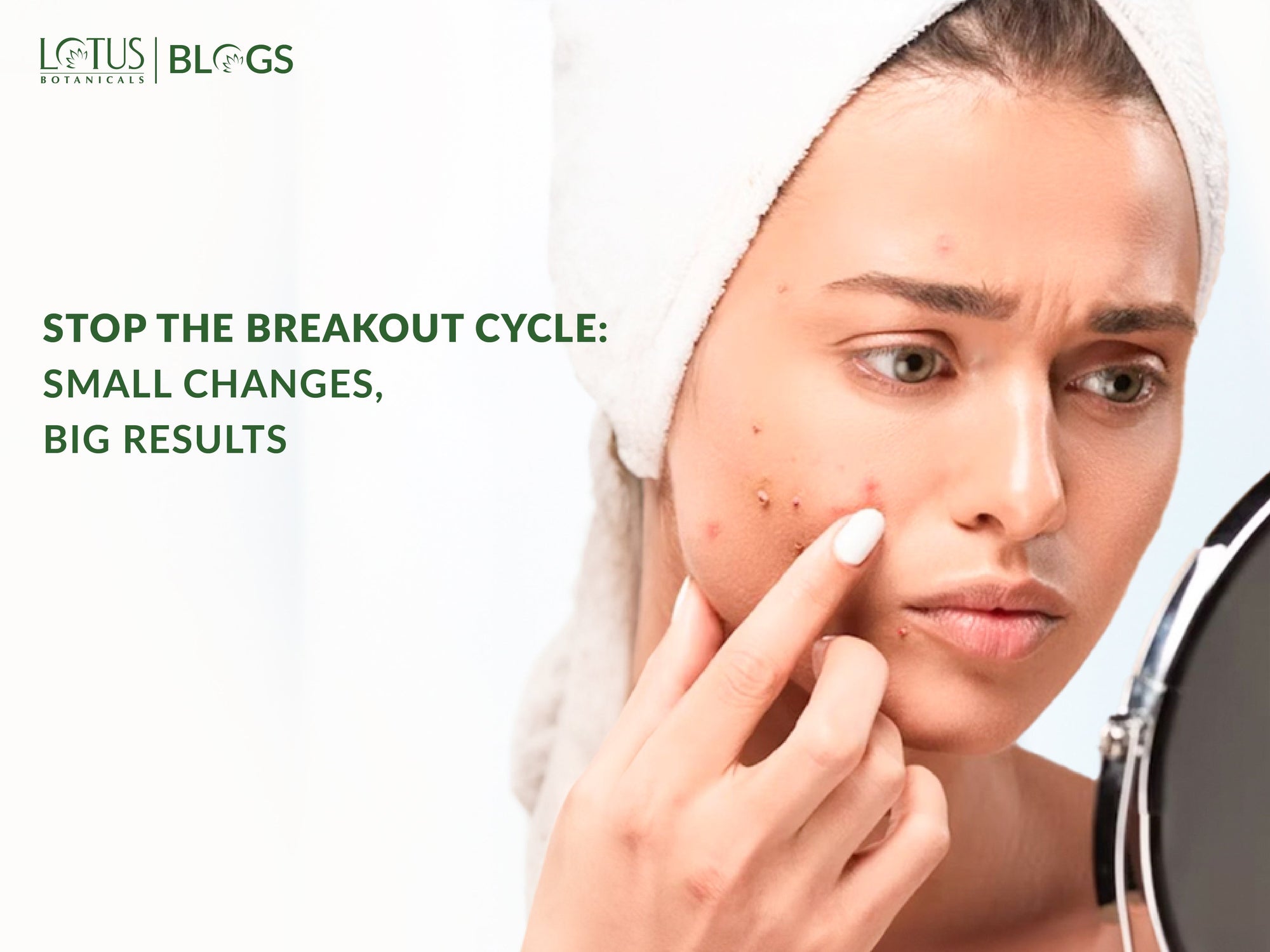
Highlights
-
Why is Post-Hair Removal Underarm Care important?
-
Immediate Aftercare Following Hair Removal
-
General Post-Hair Removal Care Practices
-
Specific Aftercare Based on Hair Removal Methods
-
Managing Common Post-Hair Removal Issues
Getting rid of underarm hair is a regular routine for many, but it often leaves the skin irritated and uncomfortable. Research shows that around 7–10% of people deal with armpit dermatitis at any given time, making proper aftercare super important.
Since the skin under your arms is thin and constantly rubbing against clothes, it's extra sensitive. Shaving, waxing, and laser treatments can mess with the skin barrier, leading to redness, bumps, or even infections. Shaving, for example, creates tiny cuts that make irritation and folliculitis more likely.
Taking care of your skin after hair removal helps prevent these issues. Using soothing products, keeping the area moisturized, and following simple preventive steps can make a huge difference.
This guide will walk you through the best ways to care for your underarms after hair removal, so your skin stays smooth, calm, and healthy.
Why is Post-Hair Removal Underarm Care important?
Taking care of your underarms after hair removal is super important because the skin there is really sensitive.
Without the right care, you might deal with redness, swelling, or irritation. Since freshly shaved or waxed skin is more open to bacteria, skipping aftercare can even lead to infections.
Over time, not treating your skin properly can cause dark spots and uneven tone. To keep your underarms smooth and healthy, a good post-hair removal routine is a must.
Immediate Aftercare Following Hair Removal
Taking care of your skin right after underarm hair removal is super important. It helps keep your skin smooth, healthy, and irritation-free. Here are a few tips to help you soothe and protect your underarms right after hair removal.
1. Cooling and Soothing the Skin
Right after removing hair from your underarms, using a cool compress can help calm your skin and make it feel less irritated.
The cold tightens blood vessels, which means less redness and swelling. Research shows that all hair removal methods can cause some redness and dryness, but shaving tends to be gentler than plucking or waxing.
If your skin feels sore, try using an ice pack for quick relief—it helps numb the area and eases discomfort.
Just be careful not to overdo it, since too much cold can actually make things worse and even lead to dark spots.
2. Moisturization
After removing underarm hair, keeping the skin moisturized is super important. Shaving, waxing, or laser treatments can dry out the skin, making it feel rough or irritated.
A good, fragrance-free moisturizer helps bring back lost hydration, soothes any discomfort, and keeps the skin healthy. This simple step can also prevent redness or sensitivity.
When choosing a moisturizer, go for one with calming ingredients like aloe vera and chamomile. Aloe vera is great for keeping the skin cool and hydrated, while chamomile helps calm any irritation.
A great option is Lotus Botanicals Natural Green Tea HydraDetox Glow Boosting Day Crème SPF 20. It has both aloe vera and chamomile, making it perfect for sensitive skin. Plus, the SPF 20 gives light sun protection if your underarms are exposed.
3. Avoiding Irritants
After underarm hair removal, the skin requires time to heal before applying deodorants or antiperspirants, particularly those containing alcohol or fragrances. These ingredients may cause irritation, redness, or even allergic reactions on freshly treated skin.
To minimize discomfort, it is advisable to wait at least 24 hours before using such products. This waiting period allows the skin to recover and reduces the likelihood of adverse effects.
Even natural deodorants should not be applied immediately after hair removal. Though they contain milder ingredients, they can still cause irritation if used too soon.
Once the skin has had sufficient time to heal, opting for a natural deodorant without harsh chemicals or synthetic fragrances can help maintain comfort and prevent skin sensitivity.
General Post-Hair Removal Care Practices

Taking care of your underarms after hair removal is super important to keep your skin smooth and irritation-free. A few simple steps can help prevent redness, bumps, and dryness. Here’s what you need to know to keep your underarms feeling fresh and healthy.
1. Sun Protection
After removing underarm hair, your skin becomes extra sensitive and more likely to get sunburned or irritated by UV rays. This can lead to dark spots and other skin damage if not protected properly. It’s even more important to be careful after laser hair removal since the skin gets even more sensitive to the sun.
To keep your underarms safe, using sunscreen is a must. A great choice is the Vitamin C Skin Brightening MatteFLUID Sunscreen SPF 50 from Lotus Botanicals. It gives strong sun protection while also helping to brighten the skin with Vitamin C.
The lightweight, non-greasy formula makes it easy to wear daily, especially on delicate areas like the underarms.
2. Wearing Loose Clothing
Tight-fitting clothing can have a significant impact on underarm skin health. Constant friction from snug fabrics may lead to irritation, redness, and chafing.
The underarms, being naturally warm and prone to sweating, become an ideal environment for bacteria and fungi when airflow is restricted. This can result in conditions such as intertrigo, a rash caused by moisture and friction, or candidiasis, a fungal infection triggered by excess dampness.
Certain individuals face a higher risk of these skin concerns. Those living in hot and humid climates, individuals with obesity or diabetes, and people who frequently wear tight clothing are more susceptible.
Women also experience textile contact dermatitis more often, likely due to exposure to specific fabrics and dyes.
Opting for loose, breathable attire can help protect the skin and reduce the likelihood of these dermatological issues.
3. Maintaining Hygiene
Keeping your underarms clean after hair removal is super important to avoid infections and keep your skin healthy. Whether you shave, wax, or get laser treatments, these methods can leave tiny cuts on your skin where bacteria can sneak in.
There’s even a case where a woman got a serious infection after a laser procedure—just shows how careful you need to be. To lower the risk, wash your underarms gently with mild, fragrance-free soap and water. Harsh chemicals can make things worse, so stick to simple skincare and use the right technique when removing hair.
Right after hair removal, skip deodorants or antiperspirants for a while because they can sting and irritate fresh skin. Loose clothing helps too, since tight fabrics can rub against the area and cause more irritation.
If you notice redness, swelling, or anything unusual like pus, it’s a good idea to check with a doctor just to be safe. Taking care of your skin the right way means fewer problems and happier underarms.
Specific Aftercare Based on Hair Removal Methods
\Each hair removal method—shaving, waxing, or laser treatment—has a different impact on the skin. Following the right post-treatment care can protect the skin and promote faster healing.
1. Shaving
Shaving your underarms is a quick and budget-friendly way to get rid of hair. To keep your skin smooth and irritation-free, a few simple steps can help. Start by exfoliating to remove dead skin, which helps prevent razor bumps and ingrown hairs. Shaving during a warm shower makes things easier since the heat softens your skin and hair.
Use a good shaving gel or foam to protect your skin and make the razor glide better. Underarm hair grows in different directions, so use short, gentle strokes to get a close shave.
Once you're done, rinse with cool water and pat the area dry. A little moisturizer or a gentle deodorant can keep your skin feeling fresh.
2. Waxing
Waxing removes hair from the root, keeping your underarms smoother for longer than shaving. To get the best results and avoid irritation, make sure your hair is about 1/4 inch long before waxing.
Exfoliate gently a couple of days ahead and wash and dry your underarms well. After waxing, your skin might feel sensitive, so skip deodorants, tight clothes, and sweaty activities for a day to let it heal.
Once your skin has calmed down, regular exfoliation and moisturizing can help prevent ingrown hairs and keep it feeling soft.
3. Laser Hair Removal
Laser hair removal is a popular way to reduce unwanted hair using light beams that target and weaken hair follicles. Over time, this leads to less hair growth. It works best for people with lighter skin and darker hair, but newer technology has made it effective for more skin types.
The results last a long time, but they aren’t always permanent. Most people need several sessions and may need touch-ups later. Taking care of your skin afterward is important.
Use cool compresses to calm any redness, stay out of the sun to avoid dark spots, skip harsh skincare products, and wear loose clothes to keep your skin comfortable while it heals.
Managing Common Post-Hair Removal Issues
Underarm hair removal can sometimes lead to skin troubles like redness, bumps, or dryness. Taking care of your skin afterward helps keep it smooth and healthy. Knowing what to expect and how to handle it makes a big difference.
1. Ingrown Hairs
Ingrown hairs happen when hair grows back into the skin instead of coming out, causing small, itchy, or painful bumps that look like pimples. This usually happens after shaving, waxing, or tweezing, especially for people with curly or coarse hair.
A good way to avoid this is by wetting your skin with warm water, using shaving gel, and shaving in the direction your hair grows. Exfoliating regularly helps too, since it removes dead skin cells that can trap hairs under the skin.
If you already have ingrown hairs, try applying a warm compress to soften the skin and help the hair come out.
Lotus Botanicals suggests using products with AHAs and BHAs, which break down buildup around hair follicles and let the hair grow properly.
2. Hyperpigmentation
Hyperpigmentation in the underarms occurs when excess melanin darkens the skin, often caused by friction from tight clothing, frequent shaving, or inflammatory skin conditions like eczema. A well-formulated skincare routine can help improve skin tone.
Lotus Botanicals offers the Vitamin C Day & Night Regime, which includes a face wash, a day crème with SPF 25, and a night crème. Vitamin C is widely known for its ability to reduce dark spots and promote an even complexion.
Consistent use of this regimen can effectively support skin brightening.
3. Skin Irritation and Redness
Underarm irritation and redness often occur due to hair removal methods like shaving, waxing, or laser treatments.
These techniques can cause friction and irritation, leading to conditions such as razor burn or inflamed hair follicles. Since the underarm area remains warm and damp, the risk of irritation increases.
To prevent discomfort, it is essential to use gentle hair removal techniques, maintain proper hygiene, and apply soothing aftercare products.
Keeping the skin healthy and protected helps minimize irritation and promotes comfort.
When to Consult a Dermatologist
Taking care of your skin after underarm hair removal is important. Watch out for signs like swelling, redness that won’t go away, burns, blisters, or pain that doesn’t get better with basic treatments. If these symptoms show up, it’s a good idea to see a doctor, as they might mean an infection or serious irritation.
Some people also develop lumps, cysts, or painful bumps in the underarm area. This could be a sign of a condition called hidradenitis suppurativa, which can cause long-term skin issues and scarring. Getting checked early by a dermatologist can help control the problem and keep it from getting worse.
Conclusion
Taking care of your underarms after hair removal is super important to keep your skin smooth and healthy. It helps prevent irritation, bumps, and dark spots. Right after removing hair, cool the area with a cold compress, use a mild, fragrance-free moisturizer, and stay away from anything that might irritate your skin. Keeping your underarms fresh by wearing loose clothes, protecting them from the sun, and practicing good hygiene makes a big difference. The way you care for your skin should also depend on how you remove hair—whether you shave, wax, or get laser treatments. A little effort goes a long way in keeping your underarms soft, comfortable, and irritation-free.
Highlights
-
Why is Post-Hair Removal Underarm Care important?
-
Immediate Aftercare Following Hair Removal
-
General Post-Hair Removal Care Practices
-
Specific Aftercare Based on Hair Removal Methods
-
Managing Common Post-Hair Removal Issues







